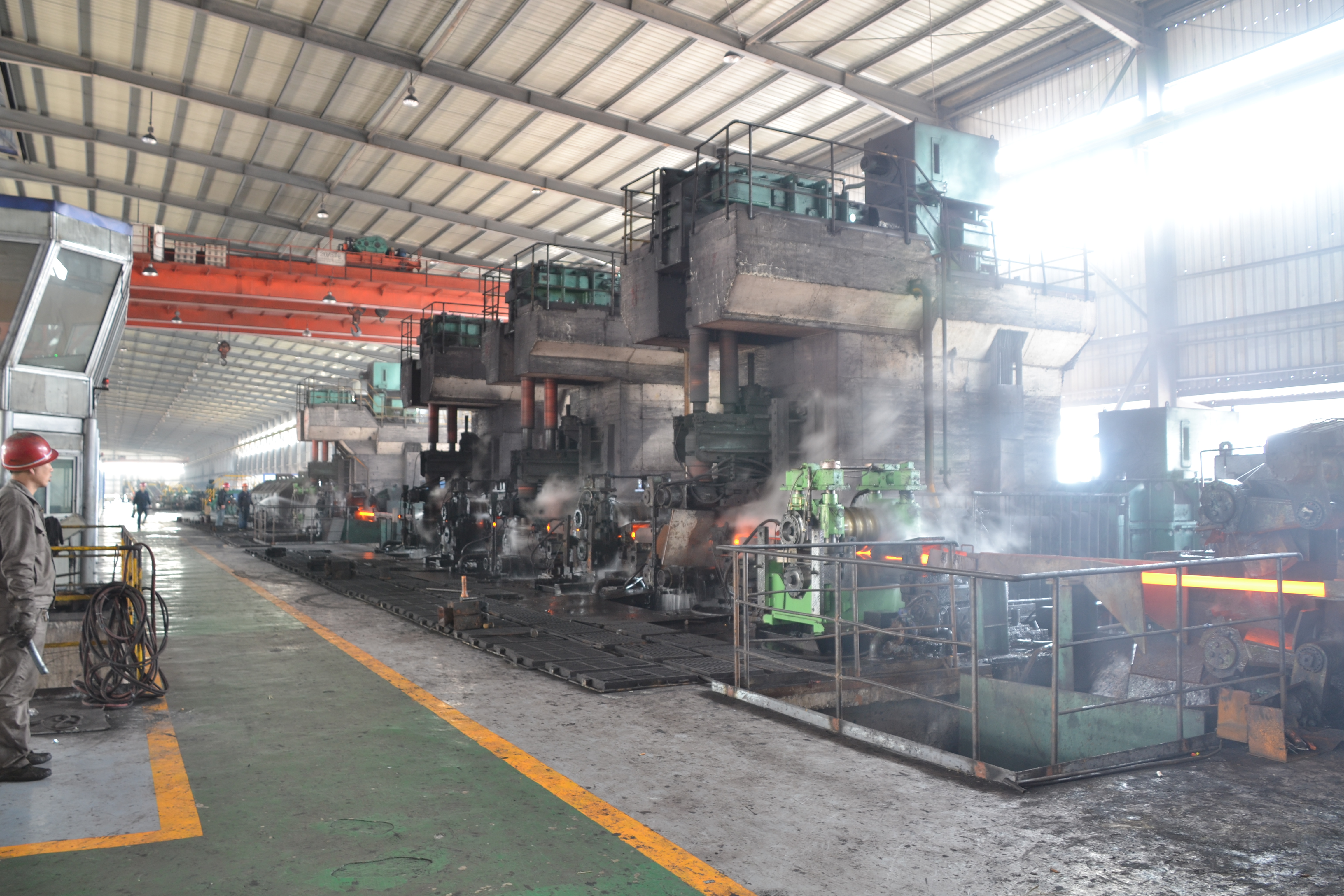Mobile QR code
Fuzhou Jinquan Metallurgical Machinery Equipment Co.,Ltd
Fujian Tianfeng Machinery Co., Ltd.
Address: No. 301, Xujia Village, Jingxi Town, Minhou County, Fuzhou City, Fujian Province, China
Fuxing Avenue, Jinan District, Fuzhou City, Fujian Province, China
What are the excellent properties of Steel rolling mill production line equipment
The so-called Steel rolling mill production line equipment is the mechanical equipment that rolls the steel through the roller seal in the middle of the two driven rolls. The main components of the rolling machine include the main machine and the auxiliary machine. The steel rolling mill production line equipment can be divided into two-roll, three-roll, four-roll and multi-roll mills according to the number of rolls. Rolling mills are driven by electric motors. In the past, when the speed of the rolling process was not high, AC motors were basically used. Now, when the rolling process requires speed regulation, DC motors are often used. The transmission mechanism of the steel rolling mill production line equipment includes gear frame, reducer, flywheel, coupling, universal joint and other parts.

Steel rolling mill production line equipment mainly includes working machine base and its transmission device and main motor. Rolls, bearings, roll adjustment devices, guide devices and racks form the working stand; the main coupling, reducer, gear stand, universal or plum-blossom shaft, etc. form the transmission device. This machine system is collectively referred to as the host train, also known as the main equipment of the rolling workshop. The type and characteristics of the main engine column mark the type and characteristics of the entire rolling mill. Due to the continuous development of the steel rolling industry and the increase in the variety of steel products, the forms of rolling mills have also developed in various ways. Among them, there are many types of rolling mills with large output and high degree of automation. A set of steel rolling mills is mainly composed of the following distributions: work rolls for directly rolling strips, driven by motors through gears and spindles; Reduction devices and rolling height adjustment mechanisms; stands for mounting rolls and other components and bearing rolling loads; roll balancing devices and hydraulic roll bending devices; backup rolls for supporting work rolls to reduce their bending deformation; The rotating device and the main motor used to drive the roll to rotate.
The frame of the steel rolling mill production line equipment is an important and used part of the rolling mill, on which rolls, roll adjustment devices, roll chocks, etc. are installed. According to the form and work requirements of the rolling mill, the rolling mill stands are divided into two types: closed stands and open stands. Universal joint shafts are the key components of rolling mill torque transmission, and their performance directly determines the capacity of the entire rolling mill, and even restricts the production capacity of the entire rolling line. Maintaining the stability of the rolling mill roll system is an important guarantee for improving the rolling precision, product quality and prolonging the service life of the equipment. The roll is a plastic-changed part of the metal. The roll bearing supports the roll and maintains the fixed position of the roll in the stand. The bearing of the support roll is different for different rolling mills. Because the friction coefficient of rolling bearings is small, the just wake up is large, the pressure bearing capacity is small, and the external dimensions are large, so they are commonly used work rolls in steel plate rolling mills. The advantages of liquid friction bearings are that the friction coefficient is relatively small, the working speed is high, and the rigidity is good. The pressure bearing capacity is large, and the disadvantage is that the thickness of the oil film changes with the speed. Liquid friction bearings are often used in steel plate mill backup rolls and other high-speed rolling mills.




